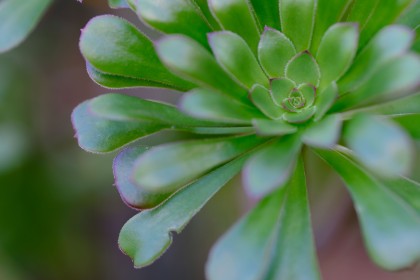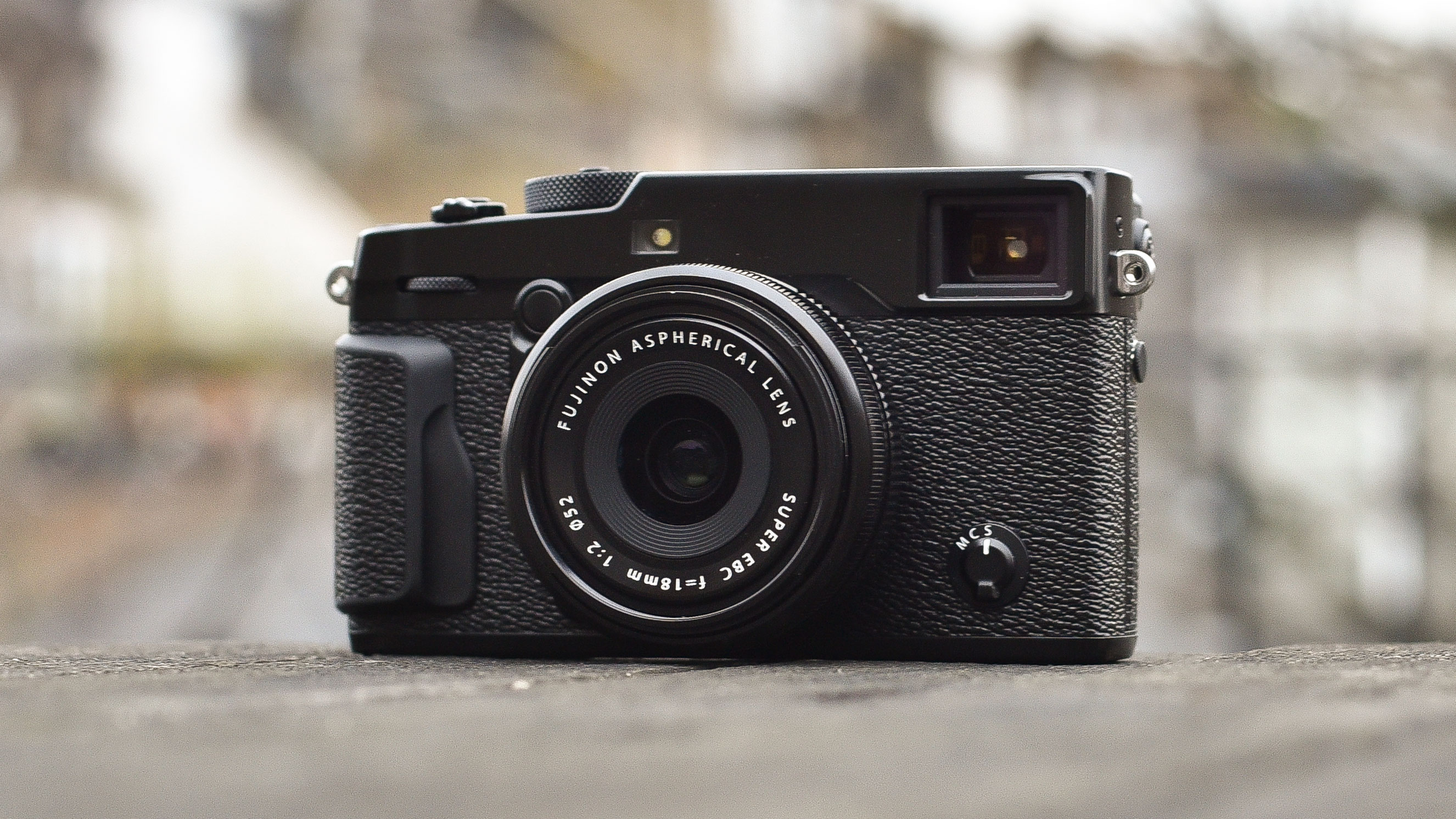Why you can trust TechRadar
The camera's default Film Simulation mode is the Provia/Standard option, and this is well suited to everyday scenes, rendering colours with accuracy. On the Standard Film Simulation mode JPEGs are given a noticeable boost over raw files, with colours getting just the right level of saturation and images a good sharpening, although I found most scenes could tolerate a little further sharpening to get them looking their best. What's particularly good is that raw images can have their colours – and sharpening and much more – quickly and easily intensified in small increments with the raw conversion option, which is great for giving the odd image a little extra bite.

• Using the 90mm wide open at f/2 has resulted in a very pleasing background blur. Click here for a full size version.

• Even at mid-range ISO settings such as ISO 1600, detail remains very good. Click here for full size version.
Even at the base sensitivity there's a little noise is visible in flat areas, such as blue skies, although this is fairly common and not particularly problematic until higher sensitivities are reached. The camera offers noise reduction over nine separate levels, which is very useful; on its standard, middle setting, noise is well removed and most details remain, without any obvious artefacts showing.
Lab testing reveals the camera to fall a little short against not only much of the competition but also the X-Pro 1 with regards to raw image noise and dynamic range at higher sensitivity settings. Still, the camera can hold its own with lower-ISO dynamic range and does very well with regards to colour accuracy. Not only that, but the jump in pixel count and Fujfilm's X-Trans technology also means the camera does an excellent job to resolve details consistently across most of the sensitivity range, maintaining strong reading where smaller-sensor rivals fall short and doing well to fight the full-frame Sony A7 II.
The Lens Modulation Optimiser appears to make some difference to images captured at smaller apertures, although not to any significant degree – still, it's easy enough to just keep this on when shooting JPEGs. The new Grain option also lends images a pleasing texture reminiscent of medium-speed black-and-white film emulsions, particularly the stronger of the two options where this is more apparent.

• Detail is still respectable at high ISO settings, and the fine control over noise reduction in camera allows you to tailor this specifically to the scene. Click here for a full size version.
It's possible to achieve decent video quality with the X-Pro2, and footage appears to be less troubled by various artefacts than before. It's also nice to find a wide choice of frame rates and the option to use external microphones through the port at the side, particularly as the camera tends to pick up the battering sounds of wind quite easily (and there is no specific control over this in the menu). When shooting at a specific shutter speed, the camera closes down the aperture reasonably silently but in noticeable increments to adapt to different changes in scene brightness; I found setting the ISO to Auto works better for smoother transitions.
The camera can be used wirelessly in conjunction with the Fujifilm Remote Camera app that's available for both iOS and Android devices. Connection is very straightforward – you just find the network on your device and confirm connection on the camera. Although the control offered by this app isn't quite as comprehensive as on similar apps designed for other manufacturer's cameras, on an iPhone 6 I found the feed to be stable and the camera responding as quickly as excepted to any changes made, with images displayed and downloaded promptly.
Current page: Colour rendition, noise and video
Prev Page Performance Next Page Lab tests: resolution